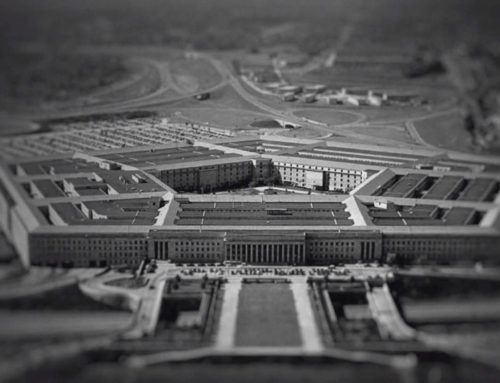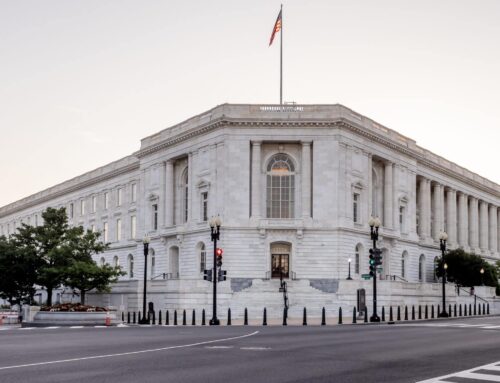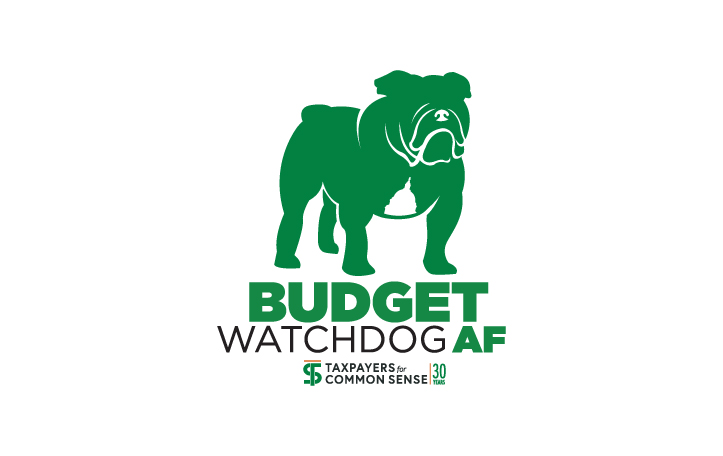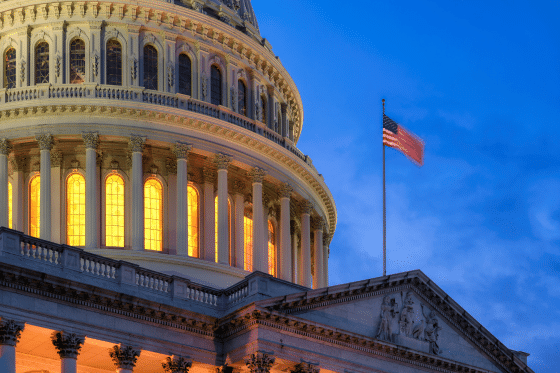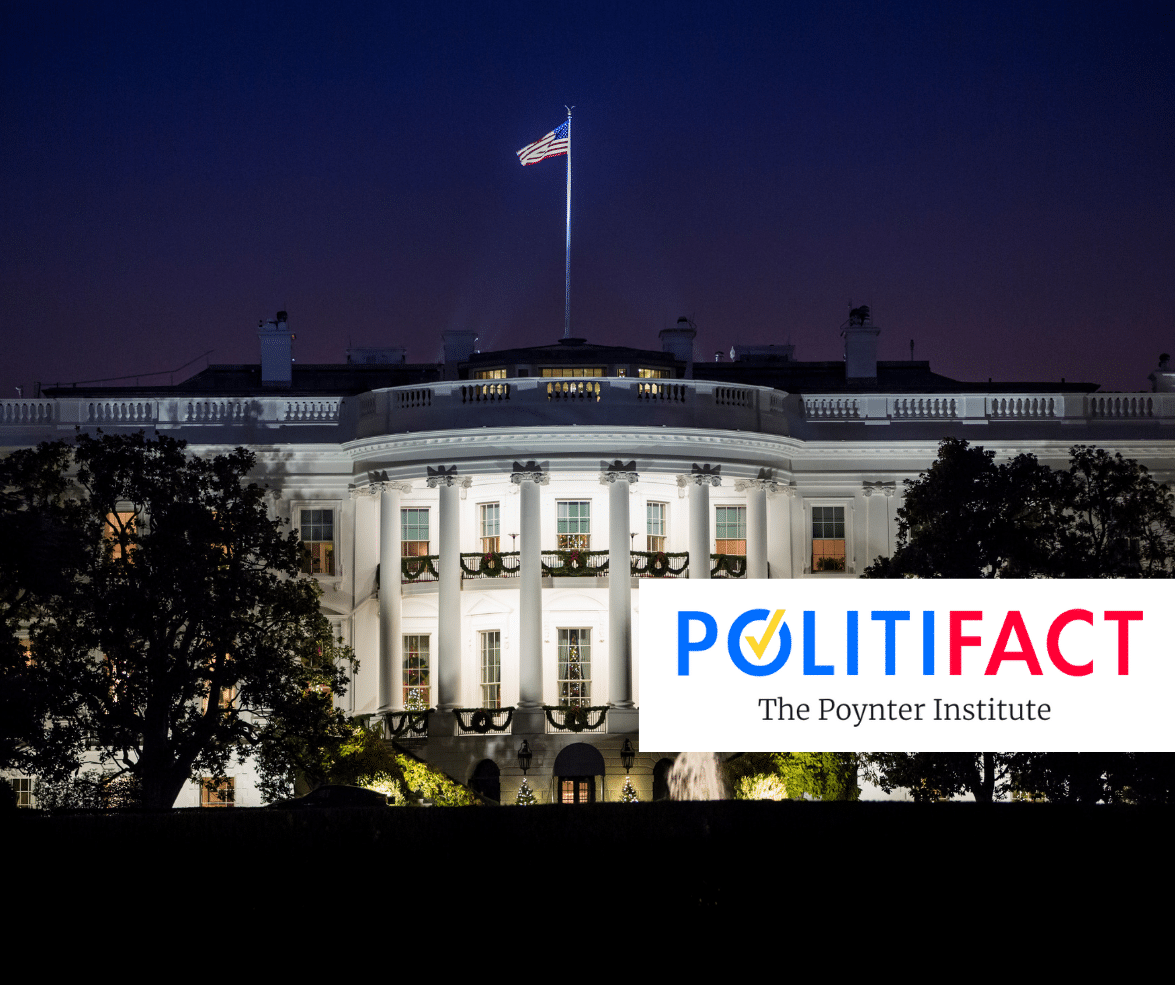On May 5, Secretary of Defense Pete Hegseth issued a brief memo calling for reductions to excess general and flag officer positions. Specifically, in half a page, it directs the Pentagon to reduce 4-star general positions across the active components of the military by at least 20 percent; to reduce general officers in the National Guard by at least 20 percent; and to reduce general and flag officers by an additional 10 percent.
"Star creep" is real and TCS has long supported reducing excessive general and flag officer positions to reduce waste and achieve taxpayer savings.
According to the Congressional Research Service (CRS), as of September 30, 2023, the military had 809 general and flag officers (GFOs), the most senior positions in the military (those with one to four stars). In 1965, GFOs comprised 0.048 percent of the military's total force structure. But as of 2023, GFOs comprised 0.063 percent—revealing a 31 percent increase in the relative number of GFOs over that period. CRS also noted that the increases were even more significant for four-star generals and admirals, which saw their share of positions increase by 107 percent over the same period, and for three-star generals and admirals, which saw their share increase by 129 percent.
Beyond the higher salaries of GFOs, which certainly contribute to their overall cost, other costs associated with GFOs include larger staffs, more travel, and security details. Some observers have also argued that increasing the proportion of GFOs can bog down decision making by adding additional layers of approval. As then-Secretary of Defense Robert Gates noted in 2010, "The Defense Business Board recently estimated that in some cases the gap between me and an action officer may be as high as 30 layers… Consider that a request for a dog-handling team in Afghanistan—or for any other unit—has to go through no fewer than five four-star headquarters in order to be processed, validated, and eventually dealt with."
Clearly, when it comes to GFOs, less can be more.
However, and this is a big however, the context surrounding Secretary Hegseth's memo raises concerns about how Hegseth's Pentagon may go about reducing GFOs, and why.
First, the memo says nothing about how the Pentagon should go about identifying which specific positions to cut. While setting a broad goal for something like this is not unusual, the Trump Administration's efforts to fire military officers that have been critical of President Trump or his policies, and to fill vacant positions with loyalists, is not only unusual—it's dangerous.
The White House needs military officers who will speak truth to power, not officers that will suppress or alter their recommendations to align with the president's political agenda. Yet as President Trump himself confessed to reporters, "Always we're letting go of people… People that we don't like or people that we don't think can do the job or people that may have loyalties to somebody else."
So, while reducing GFOs in a thoughtful, apolitical fashion would produce meaningful taxpayer savings and reduce bureaucracies that can slow down the military's decision-making process, any effort to reduce these positions based on the policy views and statements of GFOs could be detrimental to national security.
In light of this concern, Congress should demand that the administration clarify its plans for reducing GFOs and detail a system for doing so that ensures such reductions are not politicized to the detriment of national security.
- Public Domain: Smithsonian Institute- NMAAHC




